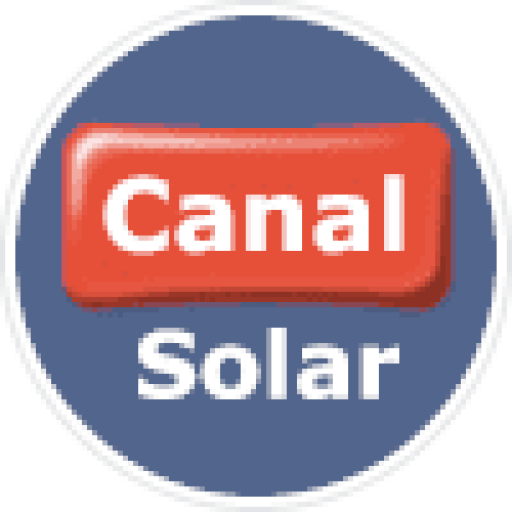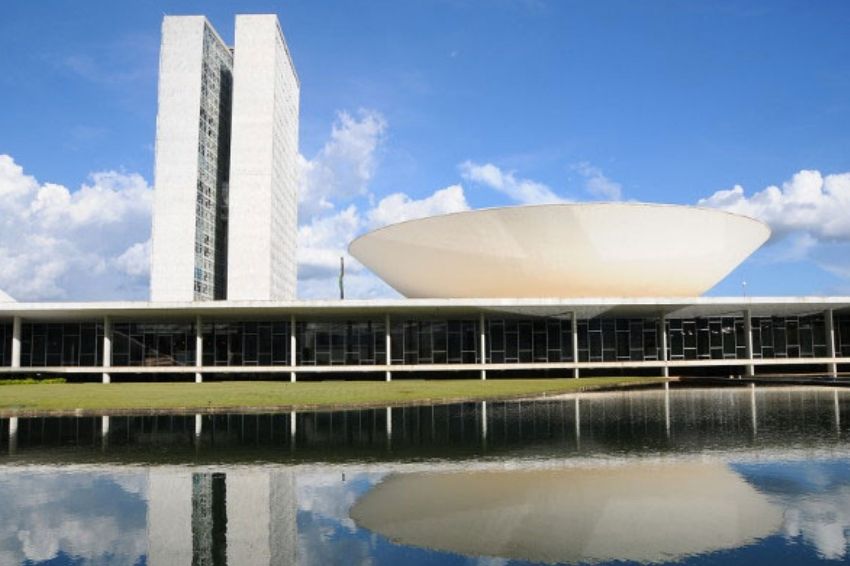Updated 10:30am
The Legal Framework for GD (Distributed Generation), a proposal presented by the rapporteur of PL 5829 (Bill no. 5829/2019), was approved in the Chamber of Deputies this Thursday (16).
The text now goes to the President of the Republic for sanction – he will have 15 working days to sanction or veto the text, partially or in full.
Read the full text of final report.
The vote, in a single round, was unanimous, according to the proposal's rapporteur, deputy Lafayette de Andrada (Republicanos/MG). “I am very satisfied with this unanimous approval”, celebrated the parliamentarian shortly after the vote.
Authored by deputy Silas Câmara (Republicanos/AM), the text aims to create the Legal Framework for DG (distributed generation) in Brazil, attributing to ANEEL (National Electric Energy Agency) the responsibility for considering technical, environmental and social attributes in the energy compensation calculation.
Amendments accepted and rejected
The proposal had been approved by the Senate on Wednesday (15), in a single round with an absolute majority of votes, but underwent changes and 14 amendments were accepted.
Returning to the Chamber, however, only amendment nº 4 (which was nº 30 in the Senate), proposed by Senator José Aníbal (PSDB), was accepted in the voted text.
This allows the classification of floating photovoltaic solar panels in reservoirs as MMGD (Microgeneration and Distributed Minigeneration), allowing the division of generating units up to the power limit.
Below is the full text of the Amendment No. 4:
“§ 3 The prohibition referred to in § 2 of this article does not apply to floating photovoltaic generation units installed on the water surface of water reservoirs, dams and lakes, natural and artificial, as long as each unit observes the maximum limit of installed microgeneration or distributed minigeneration power, has inverter equipment, transformers and autonomous meters with specific georeferenced identification, and has requested access to the electric energy distribution concessionaire or licensee in the same concession area or permission that will serve the consumer unit energy beneficiary.”
















